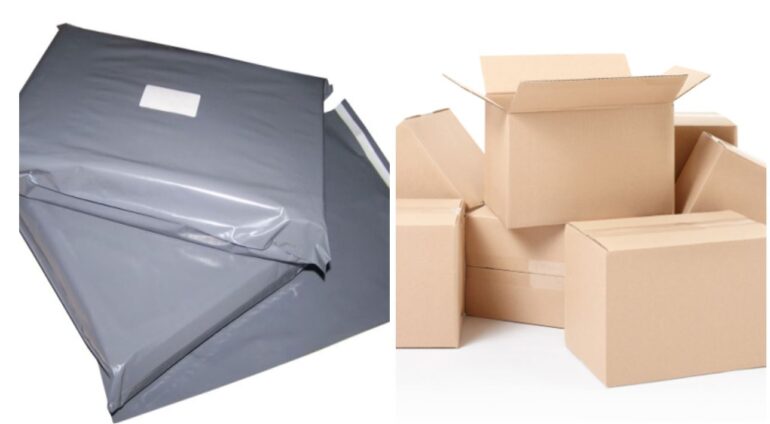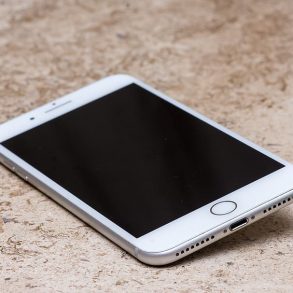Choosing the right packaging for your products can be difficult depending on the size and shape of the item. You’ll also need to consider the impact on the environment and the overall user experience. Two commonly used materials in packaging are plastic and cardboard boxes. But which is the best option? This article will break down the essential factors you need to consider when choosing between these two popular packaging solutions so you can make the best choice for your specific application.
Environmental Impact
The environmental footprint of your packaging is a critical factor to consider, especially if you’re planning on packing and sending a large quantity of items. Cardboard boxes are typically made from renewable resources and are easily recyclable, making them an environmentally friendly option. Conversely, plastic packaging can take hundreds of years to decompose, with plastic waste being one of the biggest contributing factors to environmental pollution. However, advances in technology have led to more sustainable plastic options, such as biodegradable and recycled plastics, which means you don’t have to rule plastic out as a potential option if being environmentally responsible is important to you.
Durability & Protection
When it comes to durability and protection, both plastic and cardboard have their strengths. Plastic packaging is generally waterproof and resistant to many chemicals, providing excellent protection for products susceptible to damage from moisture or chemical exposure. Cardboard boxes, while not waterproof, offer sturdy protection for heavy items and can be reinforced with additional padding if required. In some cases, it may be appropriate to use a mixture of these two materials for packaging, especially when packing awkwardly shaped items such as musical instruments or bulky goods.
Cost-Effectiveness
Evaluating the cost-effectiveness of your packaging choice is essential. Typically, plastic packaging tends to be cheaper than cardboard boxes due to lower production costs. However, this cost advantage can be offset by the potential environmental costs associated with plastic waste. On the other hand, while cardboard packaging can be more expensive upfront, its recyclability could prove more cost-effective in the long run.
User Experience
Understanding how your customers interact with your packaging can significantly influence your choice between plastic and cardboard. Plastic packaging often provides a clear view of the product inside, which can be advantageous for certain types of products such as luxury clothing goods where the unboxing experience is important. However, cardboard boxes are generally easier to print custom branding on, which can provide a more tactile and premium experience, enhancing your brand image and customer satisfaction in the process.
Customisation Options
Customisation is an aspect where cardboard boxes shine. Of all packaging materials on the market, cardboard is arguably the easiest to print on, allowing for a high level of customisation that can help reinforce your brand identity. While plastic can also be customised, the options are typically more limited compared to cardboard and generally more expensive to implement.
Regulatory Compliance
It’s crucial to consider any regulatory compliance issues related to packaging materials. Both plastic and cardboard boxes must meet specific safety standards, particularly when used for food or pharmaceutical packaging. Make sure your chosen packaging material complies with all relevant regulations in your industry.
Conclusion
Both plastic and cardboard packaging have their unique advantages and disadvantages. The best choice will depend on a variety of factors, including the nature of your product, your budget, your environmental commitments as well as the expectations of your customers. By carefully considering these aspects, you can make an informed decision about the best packaging option for your business’ needs.







